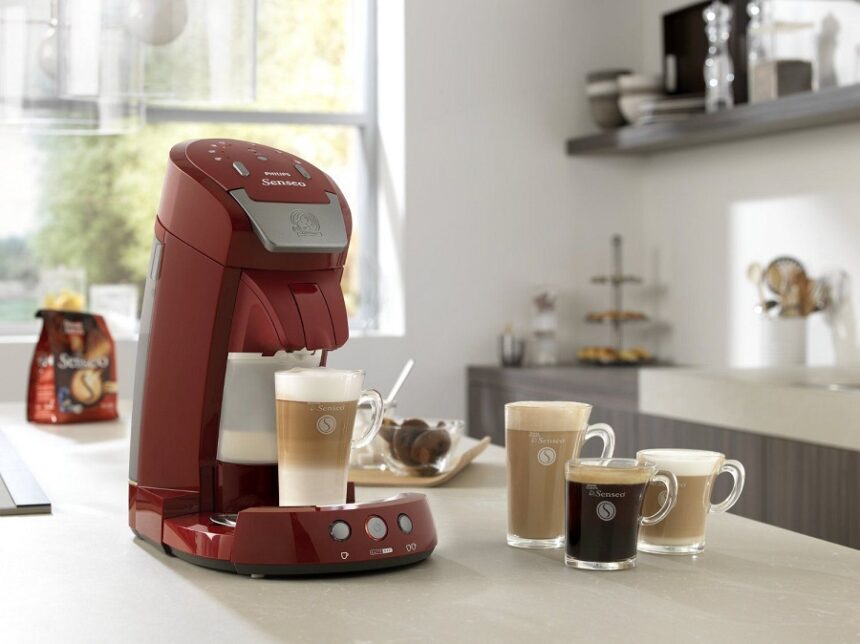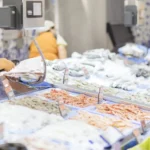If you have a long wait ahead of you in a hospital and fancy a coffee from a machine, be careful: the Christmas issue of The BMJ, dedicated to some of the most unexpected studies of the year, has pardoned them as suspected of causing hospital infections or nosocomial. They thus join the long list of objects investigated as a possible source of bacterial cultures, from bathroom dryers to doctors’ ties, including hospital Bibles.
German researchers have evaluated the microbial communities present in hospital coffee machines, focusing on high-priority pathogens for the World Health Organization (WHO). These are Enterococcus faecium, Staphylococcus aureus, Klebsiella pneumoniae, Acinetobacter baumannii, Pseudomonas aeruginosa and Enterobacter species.
These bacteria pose an increasing threat according to the WHO due to their resistance to antibiotics, which can cause fatal bloodstream infections or infections associated with catheters, Europa Press reports. Thus, between October 31 and December 31, 2022, the researchers analyzed a total of 25 coffee machines, classified as automatic, capsule and espresso machines.
Seventeen of the machines came from the break rooms and offices of the Department of Anesthesiology and Intensive Care Medicine at two centers, the University Hospital and the Institute for Medical Microbiology, Immunology and Hygiene in Cologne, Germany. Another eight were at the homes of staff members. All coffee makers had been active for at least a year and none had been specifically disinfected before the samples were taken.
At the time of sampling there was no disease outbreak in the hospital centers. Samples were taken at five specific points on each of the coffee makers: the drip tray, the spout, the buttons, the water tank handle, and the inside of the water tank.
The species were identified from the cultures by spectrometry. Typical pathogens were grouped into “pathogens of medical interest” and commensals into “atypical pathogens.” They were differentiated by the type of Gram: positive or negative. The latter have an external membrane that favors resistance to antibiotics.
As expected, microbial growth was detected in all coffee machines. Those from the hospitals were three times more colonized -360 strains isolated from 72 positive smears- than the domestic ones -135 strains isolated from 34 positive smears. Most species were commensal without health risk. Only a few medically important pathogens were identified, and none were resistant to antibiotics.
Among the eight types of Gram-negative species detected with medical relevance, 81% were found in the drip trays, spouts and handles of water tanks of hospital coffee machines. This underscores the need to follow hand hygiene protocols.
Staphylococcus aureus was the only Gram-positive disease-causing species detected on the buttons of a domestic coffee maker and inside a water tank at the hospital. This suggests that users’ hands touch even unlikely parts of the machines, the authors note.
“To our great relief, despite their potential to cause pathogens in nosocomial outbreaks, a blanket ban on coffee makers does not appear necessary,” they write. Now they wonder if teapots and hot water dispensers are similar breeding grounds for bacteria. “Are the high temperatures in teapots enough to kill all potential pathogens? What about the handles?”













